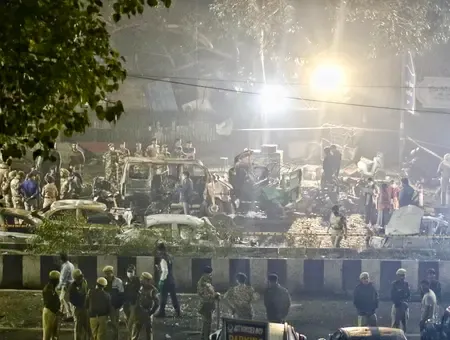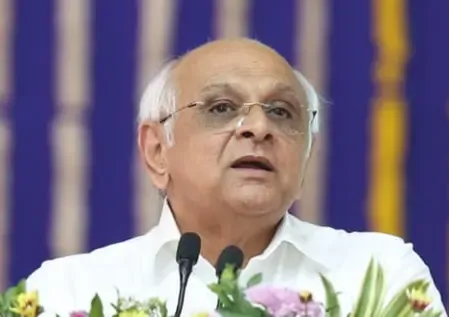Are the Faridabad Bomb Plot and South India Ricin Conspiracy Part of ISI's Two-Front Destabilization Strategy?

Synopsis
Key Takeaways
- Faridabad module linked to the Delhi Red Fort blast.
- Ricin plot aimed to target South India.
- Pakistan's ISI is behind both terror schemes.
- Potential for mass casualties if plots had succeeded.
- Ricin is a highly lethal toxin with no antidote.
New Delhi, Nov 21 (NationPress) The recent dismantling of the Faridabad terror module and the ricin attack conspiracy highlights the extent of Pakistan's infiltration into India.
The Faridabad module, responsible for the Delhi Red Fort explosion, had accumulated nearly 3,000 kilograms of ammonium, shedding light on the magnitude of their planned assaults.
Simultaneously, a grave terror scheme was unfolding in the South. The Gujarat Anti Terrorism Squad (ATS) apprehended Ahmed Mohiyuddin Saiyed (35) from Hyderabad for allegedly orchestrating a ricin attack.
While the Faridabad group is affiliated with Jaish-e-Mohammad, the ricin plot is orchestrated by the Islamic State Khorasan Province (ISKP).
Both factions operate under directives from the ISI. Intelligence Bureau officials state that analyzing these incidents reveals the ISI's intent to instigate chaos not only in North India but also in the South.
Officials indicated that Pakistan aims to exploit regional divisions.
In North India, it utilizes the Muslim atrocity narrative, while in the South, it plays the language card.
The ISKP's plan for a ricin attack aimed to create a rift between North and South India.
Numerous political factions in South India have attempted to leverage the language issue, often asserting, without evidence, that the BJP seeks to impose Hindi.
The ISI has capitalized on this sentiment, using groups like the ISKP to propagate the idea of a divide between South and North India. Similar to the Faridabad module, Saiyed was managed by an individual based in Afghanistan, a tactic employed by the ISI to evade scrutiny.
According to the FIR, Saiyed was directed by Abu Khadija from Afghanistan, who frequently emphasized the need to separate South India from the North.
Officials noted that both operations were extensive in scale. Had they proceeded as intended, the outcomes would have been catastrophic.
The Faridabad plan focused on executing blasts across North India.
Counter-terrorism officials remarked that the ricin plot, specifically targeting South India, posed an even greater challenge.
The investigation by the Gujarat ATS revealed that Khadija had instructed Saiyed and his associates to inflict maximum casualties.
Saiyed procured 10 kilograms of castor seeds, utilized a cold-press machine for oil extraction, mixed it with acetone, and then stored the ricin poison in a drum.
This operation had been in the making for several months. Discussions about the alleged oppression of Muslims in India and the language controversy could have contributed to Saiyed’s scheme to separate South India.
Investigators are also exploring whether Saiyed intended to poison drinking water sources. Ricin is extremely potent; if ingested, it can lead to serious illness or death due to multi-organ failure.
Experts noted that lethal doses could result in death within 36 to 72 hours. The absence of a specific antidote makes it even more dangerous, necessitating supportive medical care, yet survival chances remain slim. This has long been a part of the ISKP's agenda, with intelligence agencies repeatedly alerting that such entities would consider bioterrorism in India.
Investigators are delving deeper into the connection with Pakistan. Major plots like the ricin and Faridabad modules could not have been orchestrated without substantial institutional backing from Pakistan.
It's evident that Pakistan has deployed distinct terror modules for North and South India, aiming for attacks of such magnitude that would instill nationwide fear, officials concluded.









